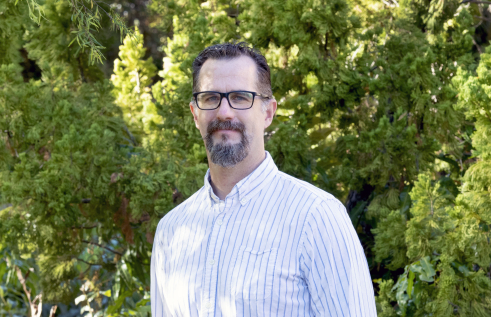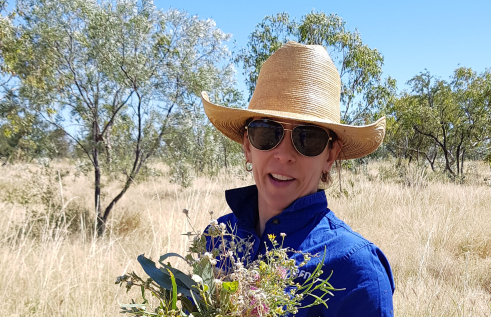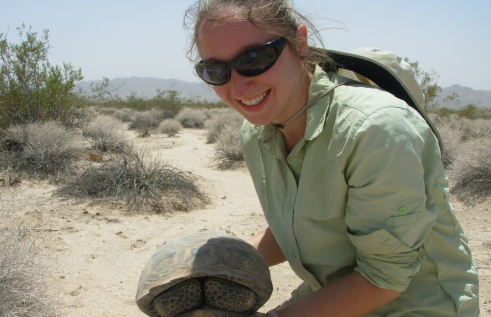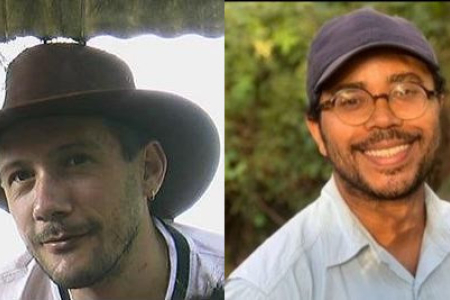RIEL seminar series
Evolution of the Darwin Harbour Numerical Model
| Presenter | Dr Hemerson Tonin and Carlos Simão | |
|---|---|---|
| Date |
|
|
| Time |
to
|
|
| Contact person | E: riel.outreach@cdu.edu.au | |
| Location |
CDU Casuarina Campus Yellow 1.1.39 and online If you wish to attend this seminar online: https://charlesdarwinuni.zoom.us/j/85482581666 |
|
| Open to | Public | |
Darwin Harbour is of environmental, social and economic importance to Territorians. Ecologically the harbour is in good health and is one of the least disturbed harbours in Australia. However, it is under pressure from development and requires strong management to ensure it retains environmental and social value. Knowledge of the environmental attributes of the Harbour is essential to ensure management decisions are relevant to the region. In 2009, the Australian Institute of Marine Science (AIMS) implemented a hydrodynamic model for Darwin Harbour. In the years since, AIMS has applied our Darwin Harbour model for projects ranging from navigation support (with the Darwin Port Authority through providing current files for pilots simulator) to water quality studies (e.g., resulting from dredging operations or effluent discharges in and around Darwin Harbour).
Over the years, the evolution of computational capacity (speed and storage) and also of numerical models (through the development of environmental sciences) has been massive, inducing the implementation of more complex models with greater capacity to represent (mimic) the real world. The improvement in numerical modelling is resulting in more comprehensive assessments of natural and anthropogenic impacts. AIMS has been accumulating expertise for over 15 years in the numerical modelling of Darwin Harbour and Northern Australia. The purpose of this presentation is to give a snapshot of the evolution of numerical models and techniques applied by the AIMS team of scientists in order to maintain the highest level of reliability of the outcomes and give the best possible support to the decision-making process.
Dr Hemerson's early career was as a physical oceanographer at an environmental consulting firm, specializing in numerical modelling in water bodies. After a four-year hiatus, period that he earned his PhD in Earth Sciences, he returned to the environmental consulting industry as a senior physical oceanographer, engaging with clients and mentoring collaborators in the area of numerical modelling. In 2011, he was hired by the Australian Institute of Marine Sciences, where he remains since then. Hemerson holds a bachelor's degree of Physics with a minor of Physical Oceanography from the University of São Paulo, a Master of Physical Oceanography from the same university and a PhD of Earth Sciences from Flinders University of South Australia.
Carlos Simão is Coastal Oceanographer at AIMS. He has a solid experience in environmental studies and marine science, working across industry, government, academia and conservation sectors, focusing on coastal science, surface water and numerical modelling. Carlos holds a degree in Environmental Engineering with MSc in Oceanic Engineering. Currently, he is a PhD Candidate in the School of Science, Technology and Engineering at the University of Sunshine Coast.
Related Events

Loss of Earth's old, wise and large animals
Read more about Loss of Earth's old, wise and large animalsIn this seminar, Keller will outline that humans have caused a decline in old age-classes of wild animal populations whereby many of Earth’s oldest, often largest, and most experienced individuals have been eliminated from ecosystems.

A biome approach to plot-based vegetation classification in northern Australia
Read more about A biome approach to plot-based vegetation classification in northern AustraliaIn this seminar, Donna will present a floristic plot-based classification of the Australian tropical savanna biome using a composite of vegetation plot-based data sourced from the Queensland, Northern Territory and Western Australia governments, TERN, and non-government organisations.

Host–pathogen–microbiome interactions
Read more about Host–pathogen–microbiome interactionsDr Chava Weitzman will discuss the relative ease and challenges of studying emerging diseases in two groups of hosts, tortoises and house finches, each impacted by a bacterial Mycoplasma pathogen.
